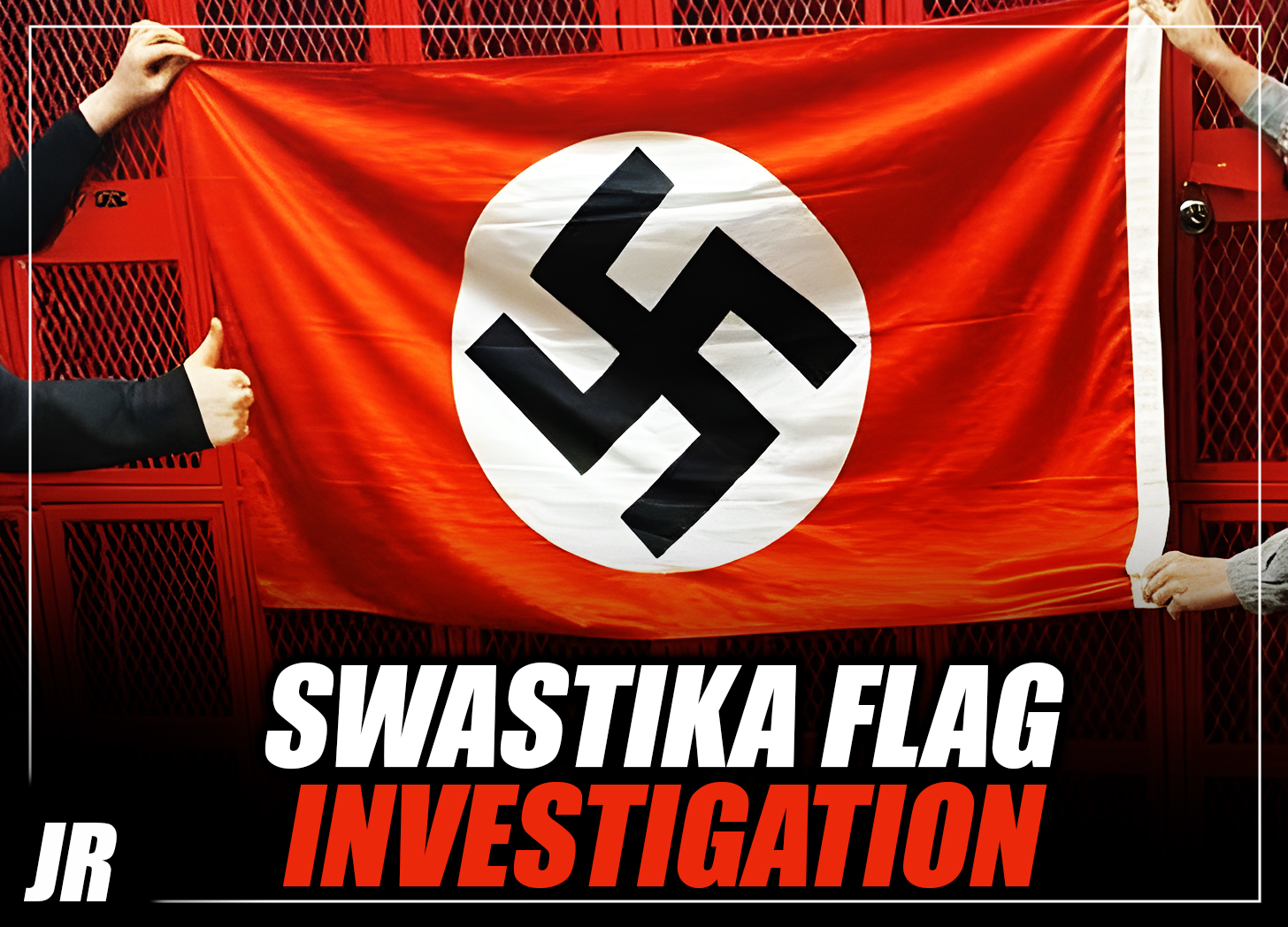
Dresden, Germany – A commemorative inscription honoring the over 25,000 Germans killed during the Allied firebombing of Dresden during the Second World War, was unceremoniously sanded away on Monday. The removal has sparked outrage from German citizens, who now face accusations of “neo-nazi,” by local institutions.
On the 15th, a commemorative inscription honoring German war dead appeared to have vanished from Dresden’s historical Altmarkt Square—a place that has served as the city’s center since Dresden was founded in the 12th century. The inscription, first set in 2009 and later engraved by hand, has stood as a sobering reminder of Allied “war crimes” ever since.

Citizens of Dresden, however, were seemingly never informed that the beloved memorial was being sanded away. When asked why it was removed or where it would be reinstated, city officials didn’t know, and in some cases, had no idea the memorial was even removed at all.
The lack of a solid answer appeared to cause controversy on both sides of the German political spectrum. Those in favor of the commemoration demanded its return, or at the very least, an excuse. Those on the extremist left applauded the decision, echoing typical sentiments that its existence only provided the “right-wing” and “neo-nazis” a convenient shrine.
According to a report by Tichyseinblick. Dresden’s mayor, Dirk Hilbert, appeared to stall when questioned by locals, which earned him criticism. Police also appeared to be at a loss, when FDP city counselor, Holger Hase, said “I would have known about a planned redesign.” In the end, authorities finally issued a half-hearted apology, granting some insight via an official statement.

“The criticism in this matter is justified because we acted extremely poorly from a communication point of view,” said Hilbert. “…Timely information about the planned procedure would have been essential. Despite all the criticism, I am grateful to the citizens for their constructive intervention. This shows how important this place is in the heart of our city.”
“However, we will not accept that this occasion is used for hate speech and conspiracy theories,” Hilbert added.
“This is a place of warning, remembrance and commemoration. The bodies of thousands of victims of the air raids on February 13th and 14th, 1945 were burned here. At that time, the horror of the war, carried from Germany all over the world, also returned to our city.”
Removed war commemoration, Dresden
Authorities would go on to explain that the commemoration was slated to be “dragged away,” as part of an agreed-upon city redevelopment plan, citing low visibility and multiple graffiti incidents. In its place, the city would erect a stele, which had previously stood at the same site but was removed due to damage.
"The engraving on the back of the bench, which also surrounds the exit to the underground car park, will be removed. This was part of the construction contract for the square," the statement continued. "(A) stele was damaged during construction work on Square 2023 and has now been replaced. Depending on the weather, it will be placed back on the Altmarkt by next week at the latest."

While ornate, the replacement stele comes with a new inscription. The memorial now acknowledges those who died in the firebombing but couches the events as a consequence of "national socialist tyranny." It also attacks those who "politically exploit and reinterpret" the city's February 13th memorial holiday (ala. "neo-nazis). The state-sanctioned rhetoric appears to match talking points coming from German media, which has often used opportunities to blame so-called "neo-nazi's" for "abusing the city as a stage for marches."
"Since 1945, February 13th has been one of the most important days of remembrance in the state capital Dresden," reads the new inscription on the Stele. "Since then, the day of remembrance has repeatedly been politically exploited and reinterpreted. On February 13th, the victims of the bombing as a result of the Second World War started by Germany and the millions of deaths of the National Socialist tyranny are commemorated."
While the memorial is slated to continue to exist in the same spot—albeit in a different form—the flagrant disregard shown by city authorities towards the old memorial is damaging in and of itself. If anything, the behavior serves as a grim reminder of anti-German sentiment, held by many on the growing leftist fringe who view modern Dresden and its traditionally Christian and conservative residents with scorn.

The city of Dresden, which had become the unwitting target of British and American warplanes during the twilight hours of the Second World War, would soon be recognized as the site of one of the worst civilian massacres in human history. Historians believe Allied planes dropped 3,900 tons of high-explosive and incendiary bombs onto predominantly civilian targets, destroying over 1,600 acres of the historical city, which at the time was considered a German cultural hub with little industrial output.
The military necessity of the bombing is still a point of contention among historians to this day, and many have condemned the attack as a flagrant war crime.
In the aftermath of the war, Dresden fell onto the Soviet side of the east/west partition. Its secluded geographic location spared many of its citizens from Allied indoctrination via radio and television programs that other regions had illicit access to. As a result, Dresden remained a Christian, conservative redoubt compared to the progressive views of other German populations, earning scorn from leftist activists and other anti-German extremists.
Hatred for the people of Dresden and their long-lost dead is so great, that some on the left have even championed the slogan "Bomber Harris do it again." Harris, the infamous RAF commander who organized the raids, was once quoted as having no remorse for his part in the raid, with extremists invoking his name when wishing death on their precieved political opposition.
The move to sand away the commemoration and "redevelop" the area comes amid a number of troubling attacks on statues and monuments birthed by European hands. In Charlottesville, Virginia, a famous statue depicting Confederate General Robert E. Lee was finally melted down after a long political fight between concerned citizens and those on the left who viewed the historical monument as "racist."
The saga behind the statue's removal reached a deafening crescendo when in 2017, pro-monument protestors gathered to demand it remain at its place at Market Street Park. The event would later be immortalized as "Unite the Right," a series of protests that became known for vicious attacks against peaceful eventgoers by anti-White extremists who some claimed conspired to riot before committing unspeakable acts of violence. Lawsuits stemming from the protest exist to this day.
In Europe, decisions made by local bureaucracies have often sparked local outrage, especially in recent months as the conflicts in Ukraine and Israel continue to intensify. In November, police made numerous arrests at an ill-fated Armistice Day rally held at the Cenotaph, a British war memorial, in London.
The rally, promoted by Zionist agitator, Tommy Robinson, was seemingly authorized by authorities despite it being held in conjunction with a widely publicized pro-Palestine march which drew thousands. Some said Robinson's march was merely a "trap" for right-wing citizens and British nationalists to be funneled into fistfights. The belief would turn out true.
In Ukraine's western Transcarpathia region, a horrific grenade attack rocked a town council meeting, killing one and injuring dozens of others. According to reports, the attack was launched by a disgruntled MP, who felt slighted after the inefficiency and alleged corruption of the local government became too much for him to bear.
Have a story? Please forward any tips or leads to the editors at [email protected]





















